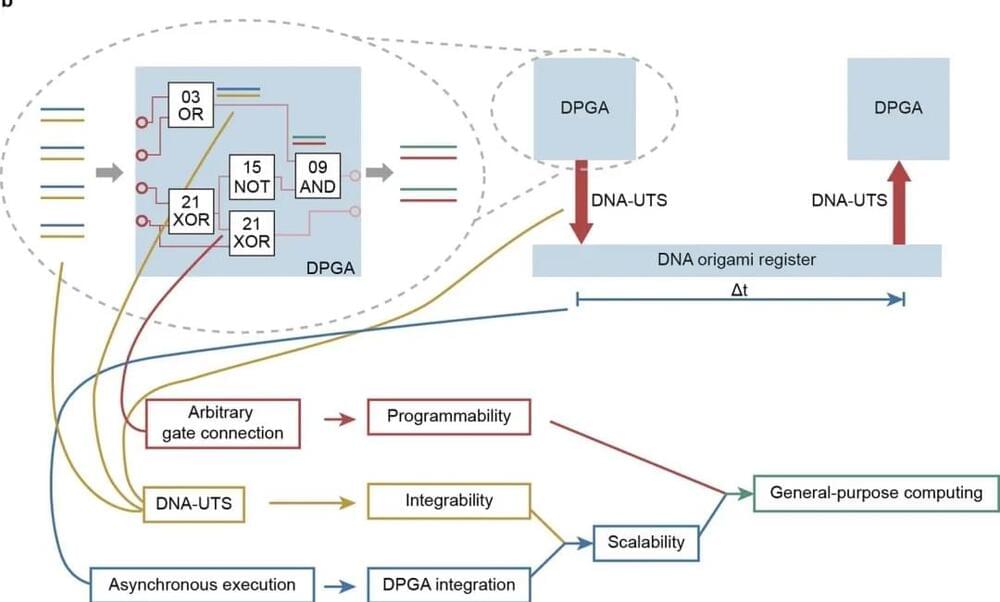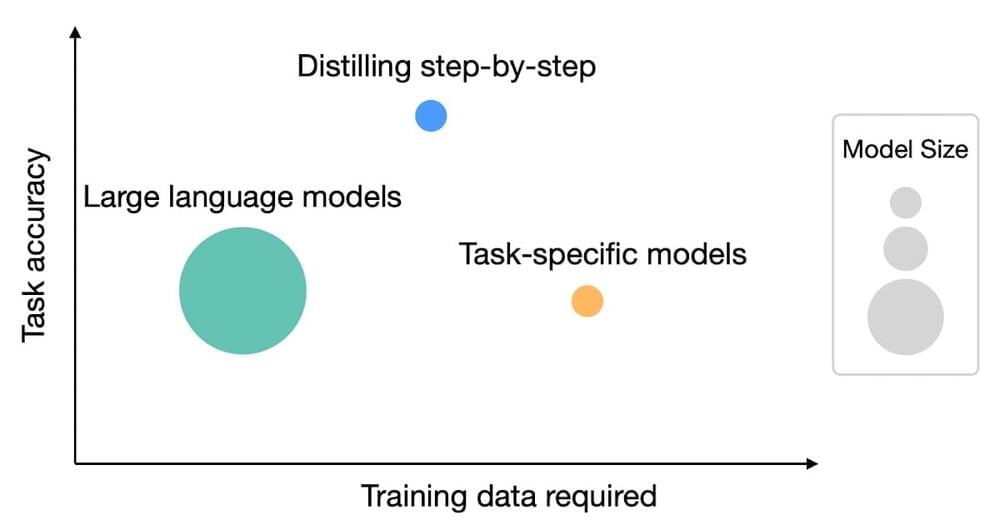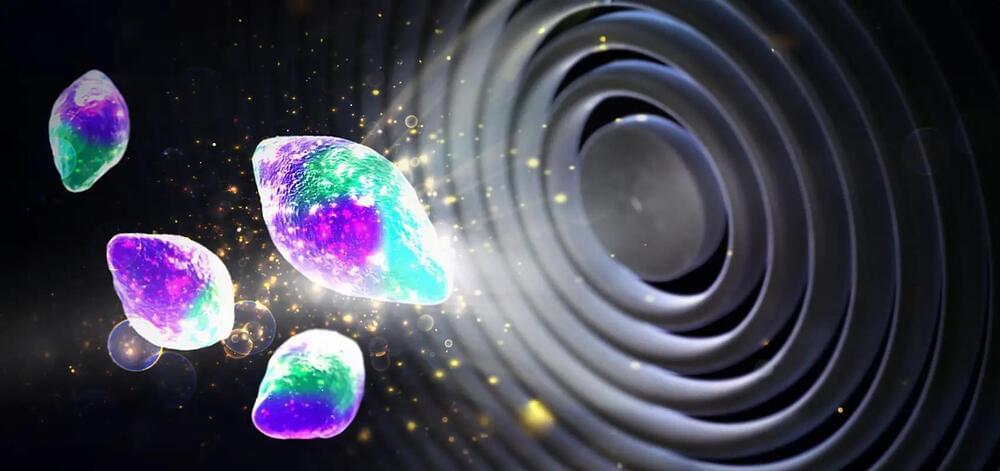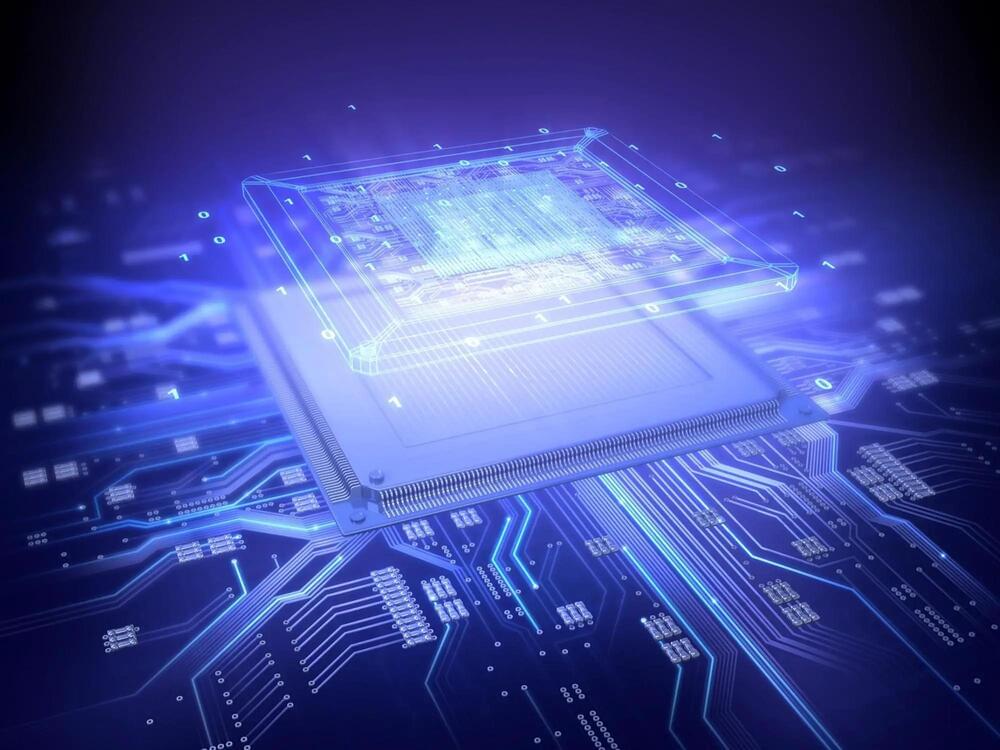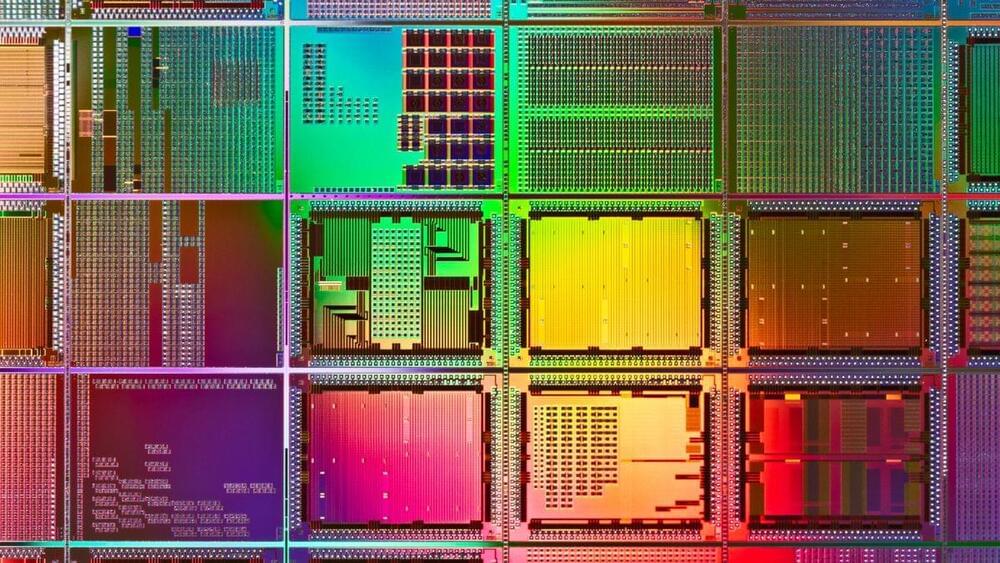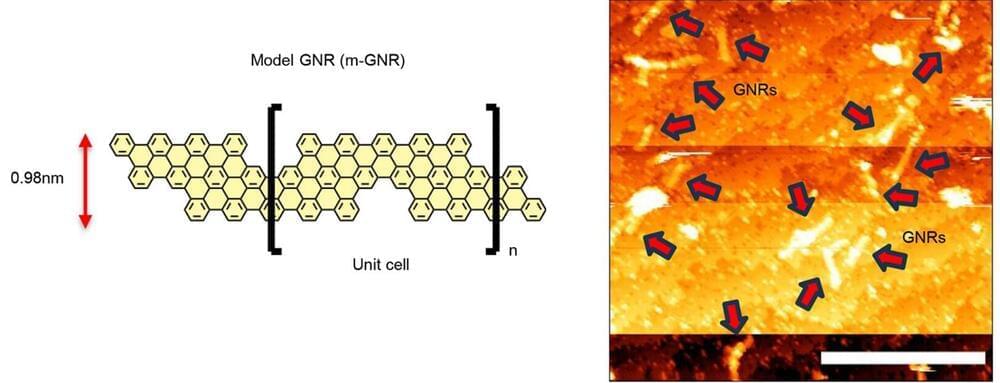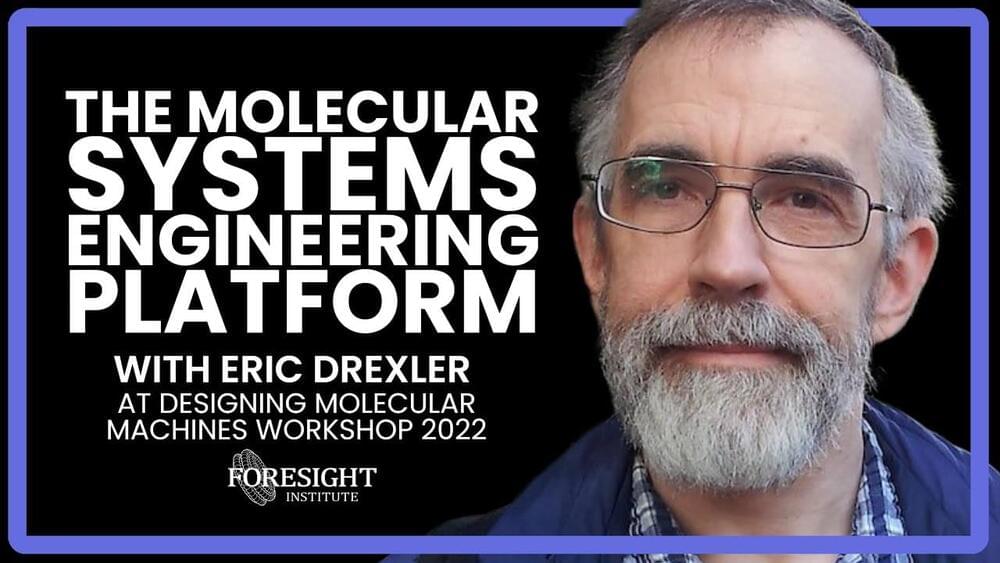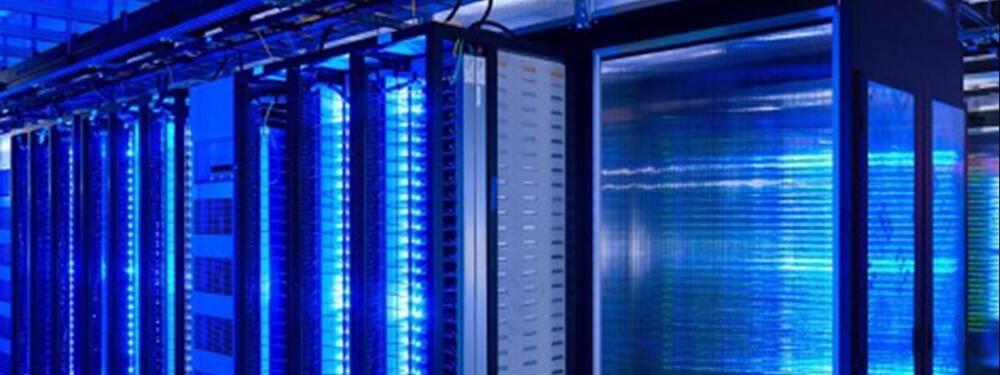Sep 23, 2023
Step forward for massive DNA computer systems
Posted by Omuterema Akhahenda in categories: biotech/medical, computing, information science
The group at Shanghai Jiao Tong University has demonstrated a DNA computer system using DNA integrated circuits (DICs) that can solve quadratic equations with 30 logic gates.
Published in Nature, the system integrates multiple layers of DNA-based programmable gate arrays (DPGAs). This uses generic single-stranded oligonucleotides as a uniform transmission signal can reliably integrate large-scale DICs with minimal leakage and high fidelity for general-purpose computing.
To control the intrinsically random collision of molecules, the team designed DNA origami registers to provide the directionality for asynchronous execution of cascaded DPGAs. This was used to assemble a DIC that can solve quadratic equations with three layers of cascade DPGAs comprising 30 logic gates with around 500 DNA strands.
